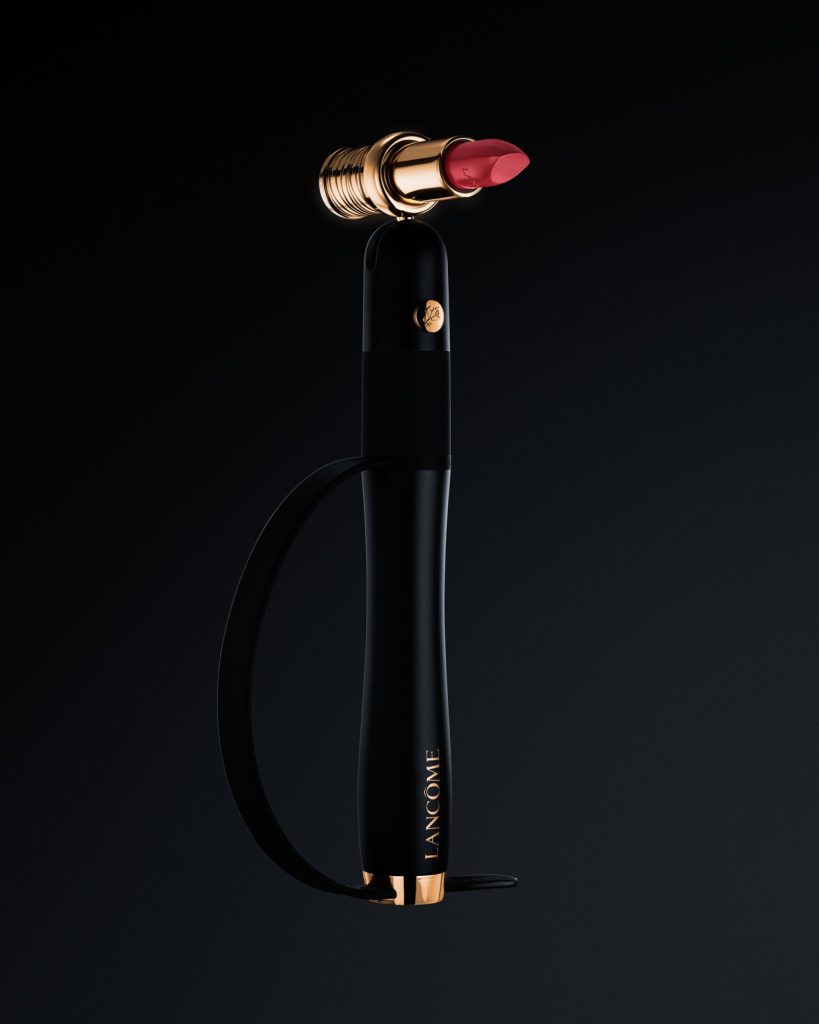
What we can learn from one of the world’s most popular products.
While smartphones have technically been around since the 1990s, most people associate the first smartphones with Blackberries and iPhones in the early 2000s. Back in those days, people would line up outside of stores just to get a phone that sent an email. As time progressed, smartphones became a given to most people and now they’re mainstream in the market.
So what do we have to learn from one of the 21st century’s biggest innovations?
Sometimes you have to tell people what they want.
When smartphones first came out, most customers didn’t even know that they’d want to access photos, videos, and content for hours on end through a tiny device. They didn’t know they’d want to combine a high quality camera with something they can call someone with. What smartphone creators did is tell them what they wanted. They built up hype, excitement, need and desire around the smartphone, making it the ultimate cool “thing” to have.
While smartphones may have seemed to come out of thin air, they came out of a huge opportunity to streamline communication and grow businesses. There was a problem we didn’t know we had— that not being able to send emails and access the internet on-the-go was inconvenient, limiting our capacity, and slowing down our workays— and developers took advantage of the space in the market to simultaneously show us the problem and solve it.
Innovation breeds innovation.
With the smartphone came so many other innovations that many of us had never even considered. We’ve created better, more efficient batteries, more compact casing, and don’t forget the insane amount of software development that has happened with the use of smartphones. From smartphones came Instagram which then brought on a new way to access and market to customers, which then opened doors to entire new careers as Influencers and professionals in influencer marketing.
As innovation comes, more will follow. It’s important to keep your eyes open and your ears close to the ground because you never know what innovation could come next, but whatever it is, you want to stay at the forefront of the market.
Customers are ready for new… maybe.
Not too many years ago, people would camp outside of Apple stores, waiting for the latest iPhone for days, hoping to be the first one to get the latest and greatest. While this lasted for a good chunk of the innovation process for the iPhone, the latest models have slowed down the stream of early adapting techies. Nowadays, most people get smartphones when they’re due for an upgrade.
This behavior change comes as the smartphone became more than just a novelty product, a luxury, or a cool modern gadget— it became a new way of life, our primary means of communication for both professional and personal use, and a necessary tool for modern living.
What does this mean for innovation? As innovators and market leaders continually looking for ways to make products better, we need to remember the role these products play in consumer’s lives, what problems they solve, and as they become more deeply integrated into our way of life, what new problems they create. We need to keep our finger on the pulse of what matters most to users, and what price they’ll be willing to pay for the latest improvement.
Behaviors are evolving
Do you recall your first iPhone or smartphone? Can you remember how many different games you had on it? Whether it was the latest and greatest game or a funny app that made it look like you were drinking a glass of milk from your phone, people used to LOVE apps. But now… app downloads are at an all time low, with 13% of users downloading just one app a month, and 51% downloading no apps at all.
What this means is that consumer behaviors change as they adapt to new innovations, get flooded with options, and then ultimately develop preferences and desires. They begin using products for what they need them for— which is oftentimes not the original intended use.
Overall, it’s critical to keep an eye on users and think about how and why they’re changing their behaviors. There’s a lot we can learn as we explore the history of smartphone technologies and consumer behavior, and how much this innovation has changed our world.
About MarketBlast®:
We help companies discover great product innovation from around the world. Through our innovation hunt platform, we promote and list companies making it easy for suppliers and innovators to find and submit directly to them.





